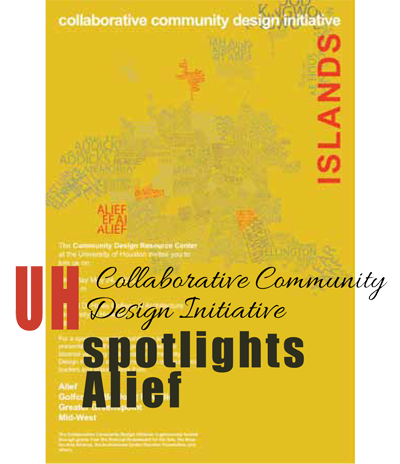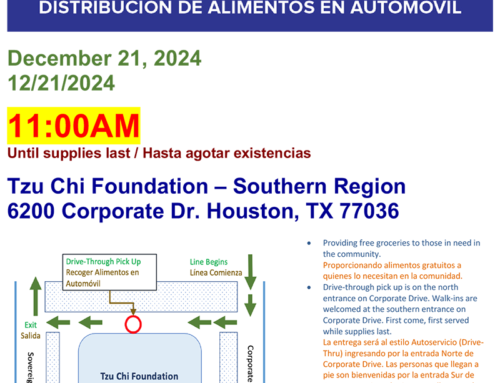– Wea Lee,
Chairman of the Board of Directors
The Alief super neighborhood in the International Management District was one of four Houston communities chosen for study and recommendations by the University of Houston’s Collaborative Community Design Initiative in 2011, with an unveiling of the results at a May 24 reception at the College of Architecture.
The Collaborative Community Design Initiative is a program of the University of Houston Community Design Resource Center. The center’s stated purpose is to forge partnerships between communities, faculty, students and professionals in design planning, real estate, and community development to work for sustainable and comprehensive community change.
“We partner for a year with four neighborhoods in Houston,” said Susan Rogers, director of the center. “We document the existing conditions and opportunities; we develop larger design strategies; and then we combine everything and publish them in a book.”
This initiative, the second in a series that will ultimately cover all 68 Houston super neighborhoods, amounted to more than 12,000 hours of service donated to the community partners, or the equivalent of 1.5 full-time employees for each neighborhood, Rogers said.
Thirty-four architecture students worked directly with community partners, while 52 professionals in architecture, design, planning, development and financing shared their expertise in two workshops where more than 100 community leaders and stakeholders also shared their visions.
Alief was joined by Golfcrest/Bellfort/Revielle, Greenspoint, and the Mid-West communities for the 2011 study. Th initiative confirmed the diversity of the Alief community, noting that 42 percent of the population was born outside the United States. It also noted the variety of existing dining choices, retail shops and services, but recognized that it lacks representation by many popular national franchises.
Some of the initiative’s recommended strategies for the community included capitalizing on easements and right-of-way areas to link neighborhoods, schools and parks; threading together strip malls along Bellaire Blvd. and connecting them to the city with transit projects; building shared spaces for the diverse residents to come together; weaving new public spaces and parks into existing strip malls and subdivisions; and increasing density by stacking new programs into single-use areas.







Leave A Comment